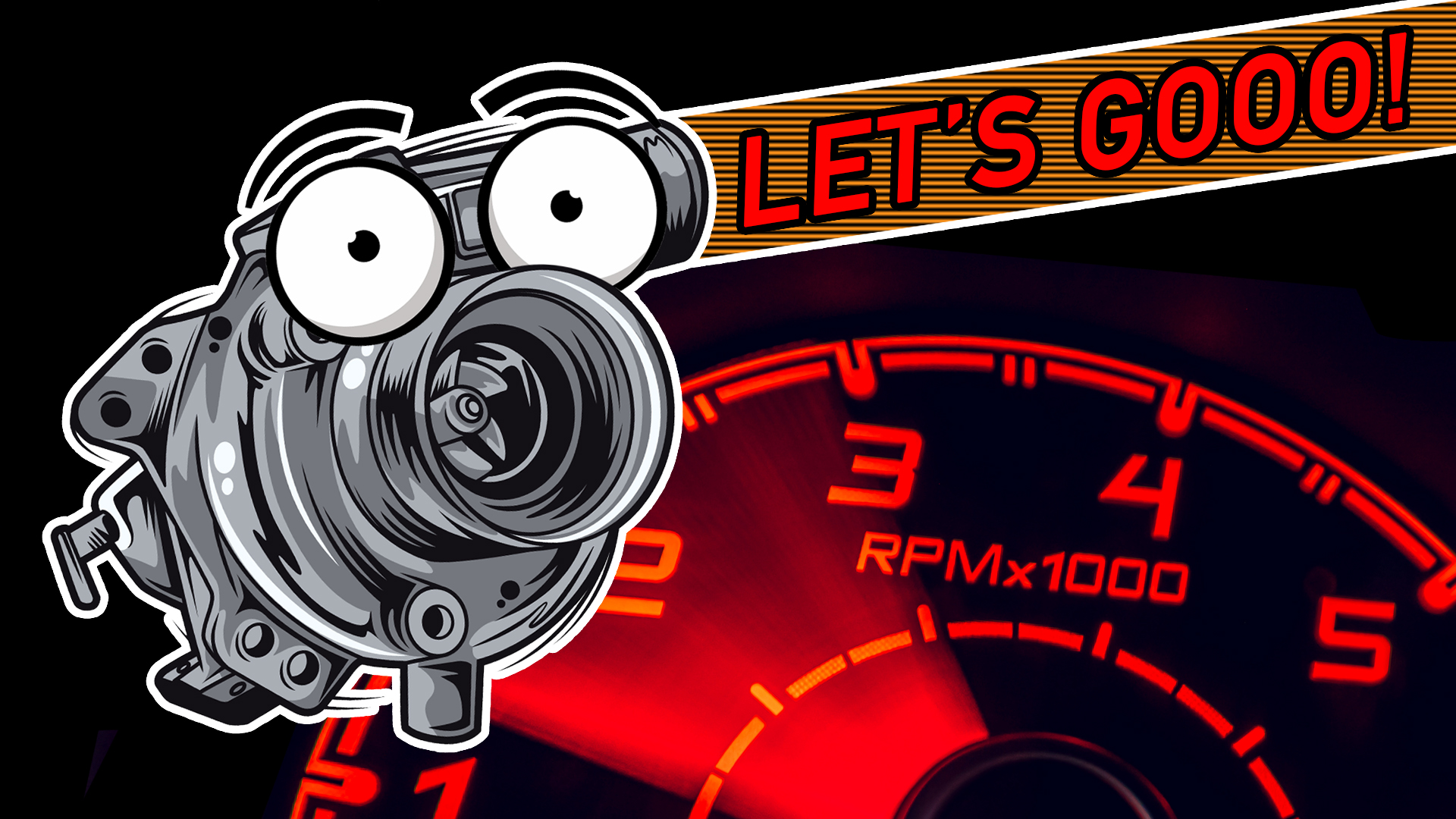

We may earn revenue from the products available on this page and participate in affiliate programs. Learn more ›
Modern turbocharging technology has come a long way in the past two decades. Turbo lag, which is when there’s a delay in acceleration when you put your foot down in a turbocharged car, is all but gone in modern vehicles. Then, in light of ever-tightening emission regulations, small-displacement turbo engines have proven to be effective in offering the power of much larger naturally aspirated engines but in a smaller, fuel-sipping packages. Especially if they’re driven easy and out of boost, meaning before the turbo spools up and forces more air in.
But there are also some clever ways for car companies to give us a little more bang for our buck, pun intended, with turbo cars. One of these is a fun technology called overboost.
How Does Overboost Work?

Overboost is a slight misnomer; what it really should be called is temporarily added boost. OEMs manufacture turbocharged engines to operate from the factory within certain parameters as efficiently and reliably as possible. They keep boost levels safe to ensure this.
Overboost is when the the ECU temporarily operates slightly outside these parameters; for a small amount of time, it allows more boost pressure into the intake manifold. Usually, this causes the engine to gain around 10 percent more power for 10-20 seconds at a time, and only when beckoned. Meaning, when wide-open throttle (WOT) is happening, or the revs are above a certain level on the tachometer.
The best example is the Ford Fiesta ST. From the factory it normally operates at a maximum of 180 horsepower, but if the ECU detects some spirited intentions via the driver’s right foot, it’ll allow for more boost pressure that’ll net 197 horsepower.
Variations of Overboost
There are two types of overboost. While I’m not sure exactly what the terms are technically called, I’ll just call them automatic and manual (not the transmissions) for convenience-sake:
- Automatic: the ECU automatically adjusts boost pressure
- Manual: the driver presses a button that toggles more boost pressure temporarily
The Fiesta ST has automatic overboost, but the 2021 Hyundai Veloster N DCT has a button that toggles it. Hyundai calls it N Grin Shift—it’s a big red button on the steering wheel that says “NGS.” When the button is pressed, torque jumps from 260 pound-feet to 278 pound feet for 20 seconds. While in overboost, more torque means more aggressive acceleration and faster revs. Speaking from personal experience, it ups the theatrics all around. Once 20 seconds are up, however, it can’t be toggled again for a few minutes. Presumably, this is to protect owners from potentially popping their engines. The 2022 Hyundai Elantra N has this same feature.
It’s pretty cool that OEMs do this. They hear enthusiasts and allow them a bit more fun to make the driving experience a tad more exciting, while still maintaining reliability. Though, some people say OEMs should just engineer their engines to withstand those higher boost pressures regularly. This is a good point, but also, what about an overboost function on that higher number?
It’s a slippery slope—just be stoked that OEMs have our spirited driving in mind.
For a comprehensive rundown on how turbochargers work, check out our full guide. The differences between twin-turbo, bi-turbo, parallel, and sequential turbos are also been explained over at Car Bibles, and some other turbo terminology has been covered, too.